
This is a teaching material about object-oriented programming, illustrated with use of the programming language C#.
It is assumed, as a prerequisite, that the readers have some knowledge about imperative programming, preferably knowledge about C.
I believe that it is best to learn object-oriented programming after having learned and worked w...

The JavaScript Beginner's Handbook follows the 80/20 rule: learn in 20% of the time the 80% of a topic. The author find this approach gives a well-rounded overview.
This book does not try to cover everything under the sun related to JavaScript. It focuses on the core of the language, trying to simplify the more complex topics. The author h...

This open book offers up-to-date advice and practical guidance on how to undertake a discrete choice experiment as a tool for environmental valuation. It discusses crucial issues in designing, implementing and analysing choice experiments. Compiled by leading experts in the field, the book promotes discrete choice analysis in environmental valuatio...

This open access State-of-the-Art Survey presents the main recent scientific outcomes in the area of reversible computation, focusing on those that have emerged during COST Action IC1405 "Reversible Computation - Extending Horizons of Computing", a European research network that operated from May 2015 to April 2019.Reversible computation ...

This open book features a selection of high-quality papers from the presentations at the International Conference on Spectral and High-Order Methods 2018, offering an overview of the depth and breadth of the activities within this important research area. The carefully reviewed papers provide a snapshot of the state of the art, while the extensive ...

This open book offers an initial introduction to programming for scientific and computational applications using the Python programming language. The presentation style is compact and example-based, making it suitable for students and researchers with little or no prior experience in programming.
The book uses relevant examples from mathematics a...
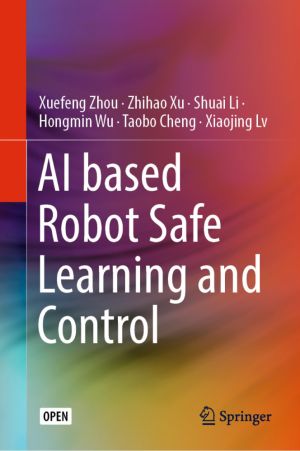
This open book mainly focuses on the safe control of robot manipulators. The control schemes are mainly developed based on dynamic neural network, which is an important theoretical branch of deep reinforcement learning. In order to enhance the safety performance of robot systems, the control strategies include adaptive tracking control for robots w...

CSS, a shorthand for Cascading Style Sheets, is one of the main building blocks of the Web. Its history goes back to the 90's and along with HTML it has changed a lot since its humble beginnings.
This handbook is aimed at a vast audience.
- First, the beginner. I explain CSS from zero in a succinct but comprehensive way, so you can use thi...
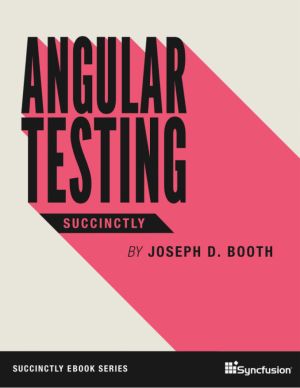
Though sometimes perceived as a hurdle, testing can save developers from heartbreak in the long run. In Angular Testing Succinctly, author Joseph D. Booth provides a quick introduction to different tools and approaches to testing Angular projects to make them higher quality from the start and easier to maintain down the road. Topics covered include...

This book aims to provide an approachable introduction to Redis concepts by outlining many of the key-value store's commands so readers can learn their patterns and syntax, thus building up readers' understanding gradually. The goal for this book is to serve as an introduction to Redis for those interested in getting started with it, or k...

Python for Kids is a lighthearted introduction to the Python language and to programming in general, complete with illustrations and kid-friendly examples. We begin with the basics of how to install Python and write simple commands. In bite-sized chapters, you'll discover the essentials of Python, including how to use Python's extensive s...
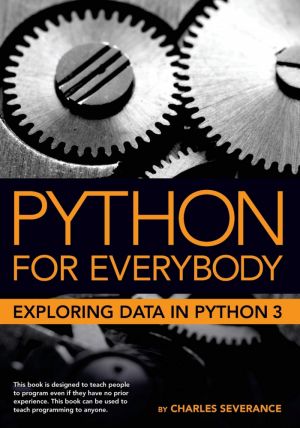
Python for Everybody is designed to introduce students to programming and software development through the lens of exploring data. You can think of the Python programming language as your tool to solve data problems that are beyond the capability of a spreadsheet. Python is an easy to use and easy to learn programming language that is freely availa...

Functional and flexible, this guide takes an objects-first approach to Java programming and problem using games and puzzles. Offers independent introductions to both a command-line interface and a graphical user interface (GUI). Features coverage of Unified Modeling Language (UML), the industry-standard, object-oriented design tool. Illustrates key...

This is a simple open book to learn Python programming language, it is for the programmers who are new to Python.
Python is an interpreted, high-level and general-purpose programming language. Python consistently ranks as one of the most popular programming languages. Large organizations that use Python include Wikipedia, Google, Yahoo, CERN, NA...

How to Think Like a Computer Scientist is an introductory programming book based on the OCaml language. It is a modified version of Think Python by Allen Downey. It is intended for newcomers to programming and also those who know some programming but want to learn programming in the function-oriented paradigm, or those who simply want to learn OCam...
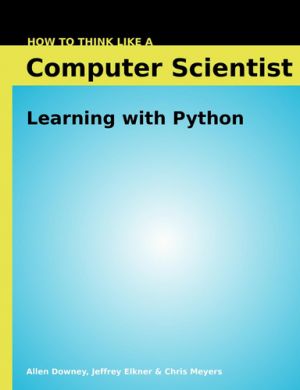
How to Think Like a Computer Scientist: Learning with Python - is an introduction to computer science using the Python programming language. It covers the basics of computer programming, including variables and values, functions, conditionals and control flow, program development and debugging. Later chapters cover basic algorithms and data structu...
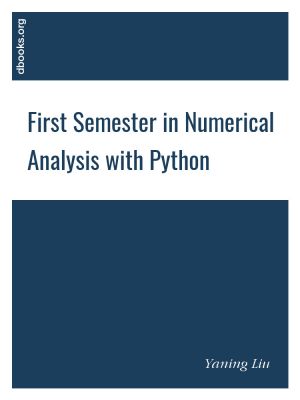
The book is based on "First semester in Numerical Analysis with Julia". The contents of the original book are retained, while all the algorithms are implemented in Python (Version 3.8.0). Python is an open source (under OSI), interpreted, general-purpose programming language that has a large number of users around the world. Python is ran...

This is an introduction to the Go language from Google. Its aim is to provide a guide to this new and innovative language.
The intended audience of this book is people who are familiar with programming and know multiple programming languages,be it C, C++, Perl, Java, Erlang, Scala or Haskell. This is not a book which teaches you how to program, ...

This guide aims to aid people interested in learning to work with BASH. It aspires to teach good practice techniques for using BASH, and writing simple scripts.
This guide is targeted at beginning users. It assumes no advanced knowledge - just the ability to login to a Unix-like system and open a command-line (terminal) interface. It will help i...
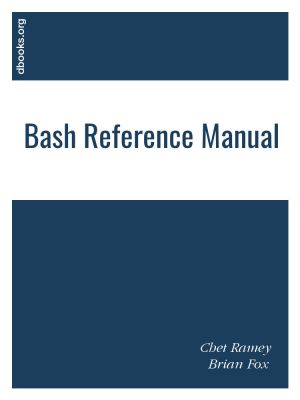
Bash is the shell, or command language interpreter, for thegnuoperating system. Thename is an acronym for the 'Bourne-Again SHell', a pun on Stephen Bourne, the authorof the direct ancestor of the current Unix shellsh, which appeared in the Seventh Edition Bell Labs Research version of Unix.
Bash is largely compatible withshand incorpo...

Mastering Dyalog APL is a complete guide to the use of Dyalog, beginning with a thorough introduction to the APL programming language. Following this, the tutorial describes a large number of common coding techniques and discusses a variety of interfaces, including file handling and COM/OLE. Bernard Legrand provides a comprehensive introduction to ...

Covering the design and implementation of assemblers and loaders, this comprehensive book opens with an introduction to one-pass and two-pass assemblers. Important concepts such as absolute and relocatable object files are discussed, as are assembler features such as local labels and multiple location counters. The format, meaning and implementatio...

The purpose of the 3rd edition of this book is to give a sound and self-contained (in the sense that the necessary probability theory is included) introduction to classical or mainstream statistical theory. It is not a statistical-methods-cookbook, nor a compendium of statistical theories, nor is it a mathematics book. The book is intended to be a ...

This open book aims to provide novice programmers solid foundation of basic knowledge regardless of the programming language. This book covers the fundamentals of programming that have not changed significantly over the last 10 years. Educational content was developed by an authoritative author team led by Svetlin Nakov from the Software University...

In this eBook, we tell you how to take an existing NGINX Open Source or F5 NGINX Plus configuration and extend it to manage API traffic as well. When you use NGINX for API management, you tap into the high performance, reliability, robust community support, and expert professional support (for NGINX Plus customers) that NGINX is famous for.
With...

With Kubernetes came many new concepts, particularly around networking and traffic management. Alongside these new concepts were entirely new classes of tools, designed for ephemeral, containerized, and distributed application deployments. In particular, Ingress controllers and service meshes did not exist prior to the Kubernetes era. Nor were Laye...

Even as spending on digital transformation continues to skyrocket, mainframes nevertheless have major advantages for global enterprises. These systems still process huge amounts of information and allow for highly secure transactions. In this practical book, author Tom Taulli shows software developers how to pursue a hybrid approach by integrating ...
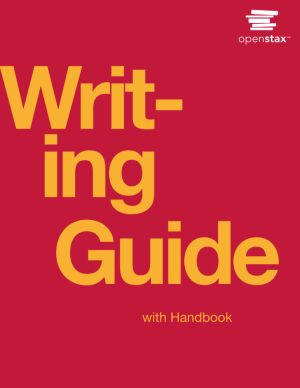
Writing Guide with Handbook aligns to the goals, topics, and objectives of many first-year writing and composition courses. It is organized according to relevant genres, and focuses on the writing process, effective writing practices or strategies - including graphic organizers, writing frames, and word banks to support visual learning - and conven...
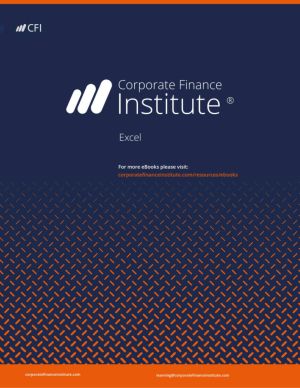
This book walks through all the most important and useful Excel functionalities that will advance your career in financial services. From logical functions such as IFERROR to calculating the yield of a bond, CFI's Excel book provides you with numerous examples and key shortcuts! We hope you find this book useful in reaching your future goals....

Introductory statistics courses prepare students to think statistically but cover relatively few statistical methods. Building on the basic statistical thinking emphasized in an introductory course, a second course in statistics at the undergraduate level can explore a large number of statistical methods. This text covers more advanced graphical su...

The Apache HTTP Server, colloquially called Apache, is the world's most used web server software. Originally based on the NCSA HTTPd server, development of Apache began in early 1995 after work on the NCSA code stalled. Apache played a key role in the initial growth of the World Wide Web, quickly overtaking NCSA HTTPd as the dominant HTTP serv...

The GNU Debugger allows you to see what is going on "inside" a program while it executes - or what a program was doing at the moment it crashed. GDB supports C, C++, Java, Fortran and Assembly among other languages; it is also designed to work closely with the GNU Compiler Collection (GCC). The GNU Debugger Program has four special featur...
